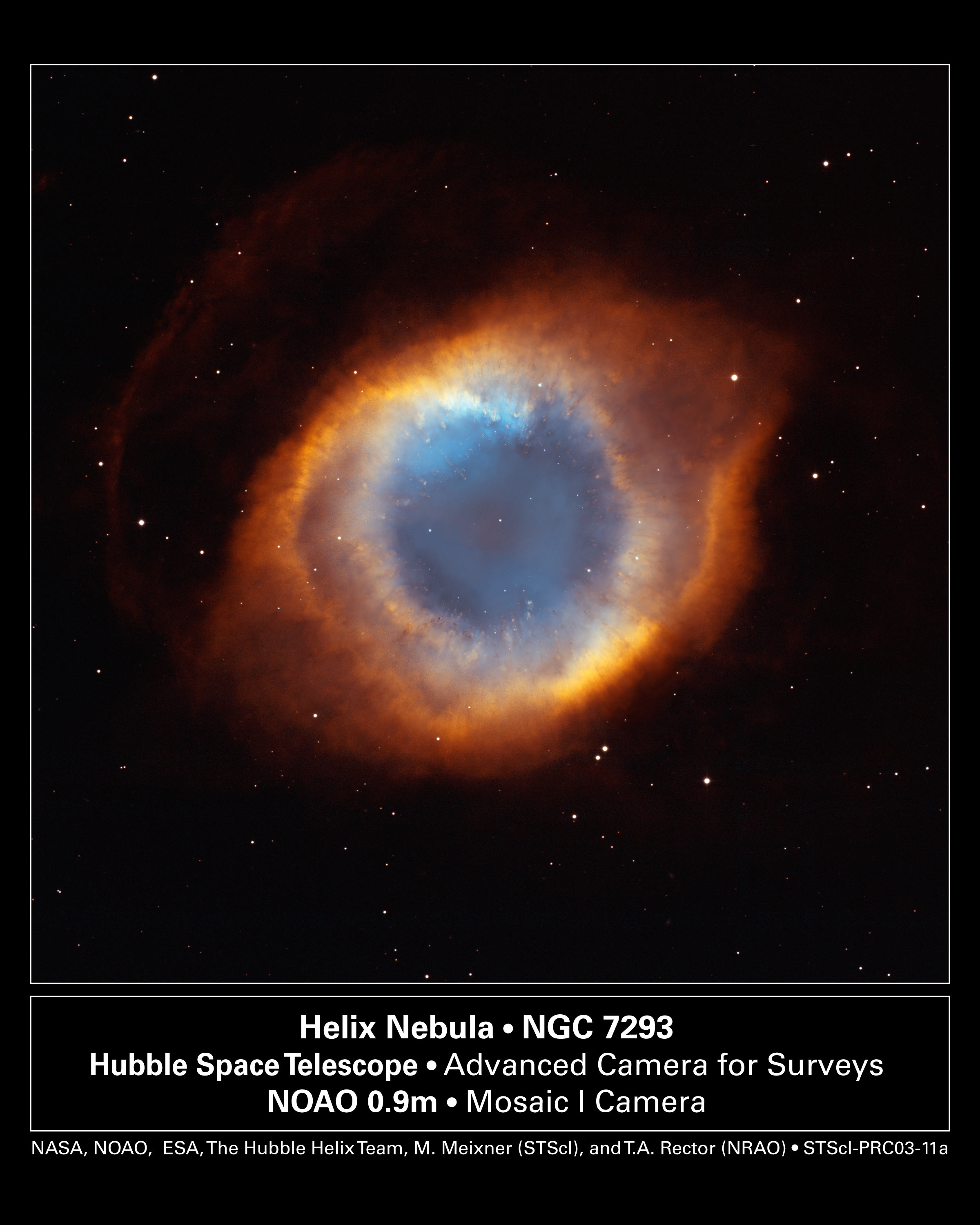 Dr Katarina Mikac works in an area of science with a fantastic name - Invasion Genetics.
Dr Katarina Mikac works in an area of science with a fantastic name - Invasion Genetics.Invasion Genetics is an area of molecular ecology. Molecular ecology is the study of how organisms interact with their environment from a molecular point of view - that is, it examines the roles of DNA and genetics in how species adapt to their environments. It's also part of the larger field of evolutionary biology which looks at the origins of species and how they evolve over time.
Specifically, invasion genetics tracks the movements of invasive species using their DNA - you can't put tracking devices on insects!
One of Katarina's research areas is the Khapra bettle - the world's most destructive seed-eating pest. The beetle feeds on grain and seed kernels, and can decimate storage systems. In fact, heavy infestations can destroy thousands of kilos of stored grain in a matter of weeks. However, it is not present in Australia and this is where Katarina comes in. Australia plays host to the khapra's sister species, from which it is virtually indistinguishable, but by using DNA fingerprinting, Katarina is aiming to develop a species identification test which could identify the beetle at airports and stop it from coming into the country. Another aim is to investigate the sister beetle's genetic diversity and gene flow in order to understand its distribution and movement patterns. This will lead to better understanding of the consequences of the inadvertent introduction of the khapra beetle.
Katarina's current work is on the population genetics of the invasive Western Corn Rootworm which destroys corn if left untreated. In the United States, it is estimated that 30 million acres of corn (out of 80 million grown) are infested andvthat Corn Rootworms cause $1 billion in lost revenue each year.
In 2007, Katarina won the 2007 Science and Innovation Award for Young People in Agriculture, Fisheries and Forestry for her work on the Khapra bettle and is just about to leave our shores for a series of conferences in Germany and Croatia on the Western Corn Rootworm - good luck Kata!
Listen to his podcast here:













